Вы здесь
Geopark Burabay Dome.
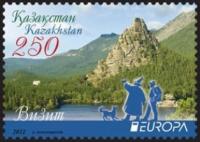
Travel on geological parks of Kazakhstan.
"The flowers sing their forest hymn,
familiar to children and swallows.
And under the spreading pine
little gnomes dance."
Nikolai Gumilev.
Burabay National park tours.
Burabay (Borovoe) State National Nature Park is located at an altitude of 301.6 (Lake Bolshoe Chebachye) to 947.6 (Mount Kokshe Tau, formerly Sinyukha) meters above sea level, in northern Burabay District and northern Akmola Region.
Among the many covered with pine forest granite massifs of northern Kazakhstan the most notable is Burabay. It is an almost perfect circle outlined by a ring of hills. From the north and especially on the west side its excess over the surrounding terrain reaches 600 m.
In shape it resembles a huge crater nearly 20 kilometers in diameter, which is framed by a series of concentric faults. The overall diameter of this giant geological structure, which looks very impressive on satellite images, reaches 50 km. The State National Natural Park “Burabay” occupies almost the entire crater.
Beautiful pine forests, huge cliffs, fantastically shaped tops, competing on its showiness with the Egyptian pyramids, are separated by tranquil lakes. The National Park is located between the cities of Astana and Kokshetau, near the town Shchuchinsk.
There are lots of lakes in the park; the largest in size are Large and Small Chebachye (Ulken and Kishi Shabakty), Shchuchye (Shortan) and Burabay. Some 10 more fairly large bodies of water could be found the surface of which reaches 1 sq. km.
Vegetation in the park is represented by forest, steppe, meadow, swamp and salt types, flora includes about 800 species of plants. Vertebrate animals are presented by 305 species. In geological structure of the region the most important role belongs to the granite-metamorphic complex, the rocks of which compose Burabay dome.
For nearly a billion years, there existed one of the most persistent hot spots of the Planet. In the Proterozoic it led to the development of gneiss, crystal schist, marble, amphibolite and eclogite. Repeatedly under the influence of fluids rising from the interior of the earth, in the depths of this nature furnace appeared melts solidified as granite massifs.
The oldest of them were shaped in the Proterozoic, and the youngest, perhaps in the Triassic or Jurassic. Thus, Borovoye dome for nearly a billion years served as a factory of granitic melts. The largest and most spectacular Borovoye massif was formed over 400 million years ago - in the Silurian.
Two of its main zones are the core, composed of large- and medium-grained biotite and hornblendebiotite granite, and the outer ring which is dominated by medium-grained hornblende, biotite-hornblende porphyry granite. Medium-grained granite of the ring is more resistant to weathering processes.
Therefore, they rise above the central part, forming picturesque and spectacular cliffs, and compose peaks, dominating the surrounding terrain - mountains Kokshetau (Sinyukha), Okzhetpes and others. At the foot of the granite ring both from the outer and the inner side, are the largest lakes, the baths of which emphasize the overall concentricring structure of the massif and the whole dome.
The story about the structure of the Burabay massif is an important part of the tourism product, as all visitors to the National Park of Burabay are attracted, first of all, by the well-known scenic rocky landscapes. According to geophysical data, Borovoye massif is a cylinder or cone traced to a depth of about 8 km.
But the geological history of the dome development witnesses that its roots were associated with a much deeper subsurface where the energy for the formation of granitic melts came from. According to modern concepts, the inflow of energy is released in the form of plumes - fluidmagmatic trunk diameter of about 100 km.
Their base is located in the lower mantle or even in the planet’s core. The last time the lithosphere melting in the Burabay dome happened a very long time ago - not less than 200 million years ago. During this time, much has changed in the Earth’s structure: continents were moving, new plumes were forming.
However, there is reason to assume that the relic of Burabay plume remained as a giant pillar that connects the surface of the dome with its roots. How else can one explain the unique seismic properties of this interior block: there are exceptionally favorable conditions for listening to the Planet.
It is not by the accident that the seismic observatory is based here; its devices allow to fix all the shaking earth’s interior. During the Cold War, the Soviet government was immediately informed of the nuclear tests in Nevada. When reviewing the other geo-tourism sites an interesting mineralogy should be mentioned, which may interest collectors-enthusiasts and a wide range of tourists.
It is necessary to study the collection potential of the dumps of gold deposits, among which deserves priority attention Stepnyak mine. Interesting for tourists mineralogical findings could be made in its dumps. Besides native gold, arsenopyrite, pyrite, chalcopyrite, molybdenite, scheelite, galena, tourmaline, garnet, and many other minerals are found here.
The familiarity with alluvial placer deposits in the region presents great interest. The region of Burabay placers is one of the most unique for the North Kazakhstan according to scale of prospecting developments of previous years. Placers have been revealed in the first half of XVIII century, and the heyday of their processing took place in 1891.
By 1905 the extraction works had fallen into decay and were soon practically ceased, although some enthusiasts continued the process in the years 1921 - 1925. There were over 100 gold-fields in the area. Over the passage of time it is difficult to estimate the amount of mined gold, as its development was done by numerous private entrepreneurs.
According to some data from 1,5 to 3 tons of gold have been extracted. In the north-east of Burabay massif, near the mountain of Big Berkutty, there are many placers, industrial gold content of which has been exhausted. But here outside the national park the fetching attraction can be created where tourists can wash the sand, extracting gold from it.
According to the literature data, in previous years there have been cases of finding nuggets up to 250 g. Mineralogical geotourism program may include a visit to places of rodingite manifestations, pegmatite veins with crystals of feldspar, fluorite, rock crystal and rauchtopaz.
In 1960 there was carried out exploration of some pegmatite bodies, from which 45 kilograms of tainted smoky quartz crystals were extracted. In the prospecting mines, together with quartz crystals fluorite crystals were met.
Geographic coordinates of natural national park Burabay: N53°04'22,88" E70°12'50,44"
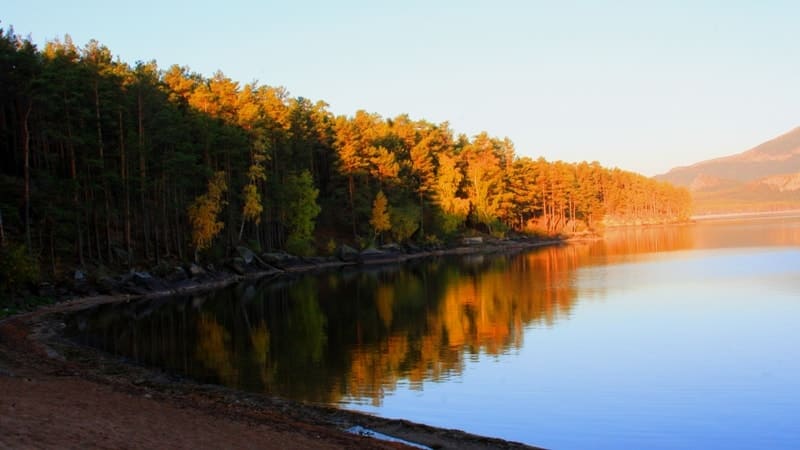
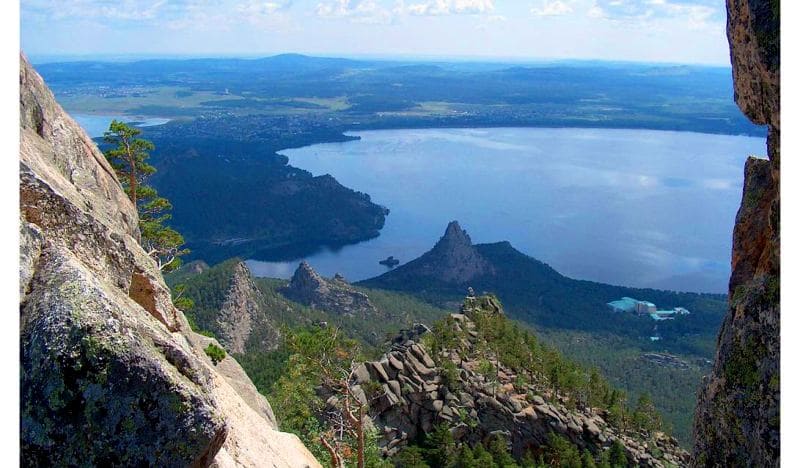
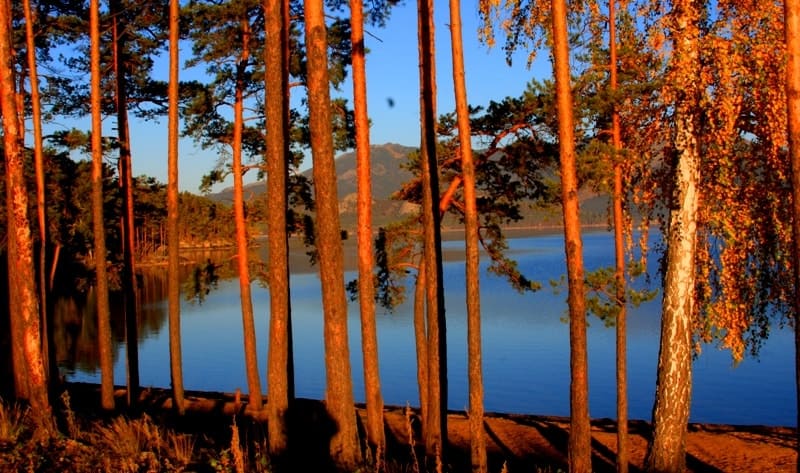
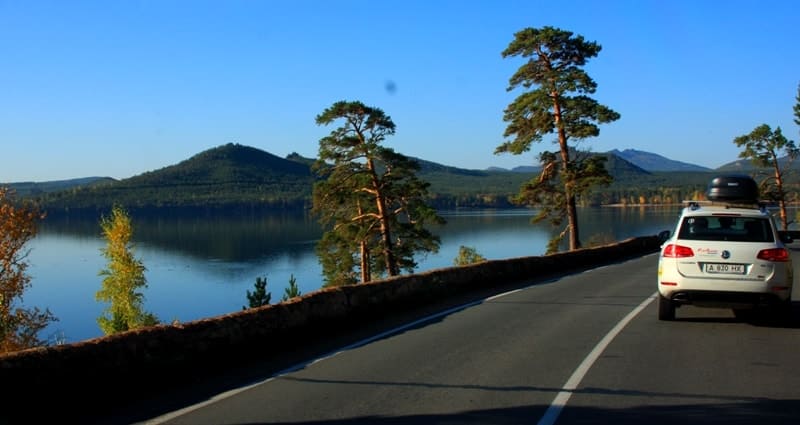

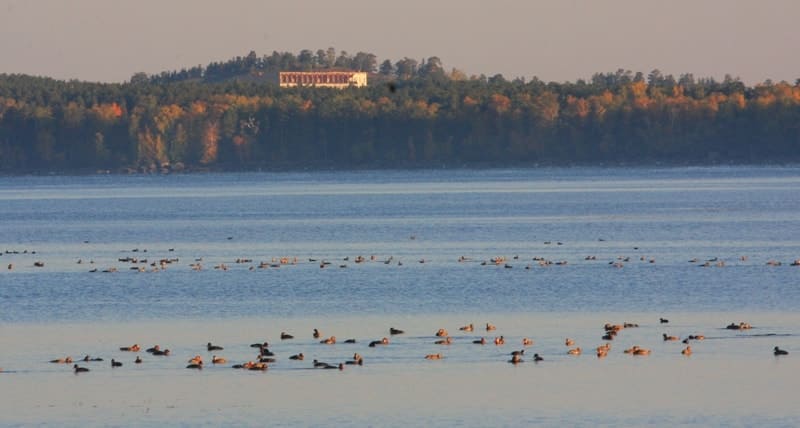
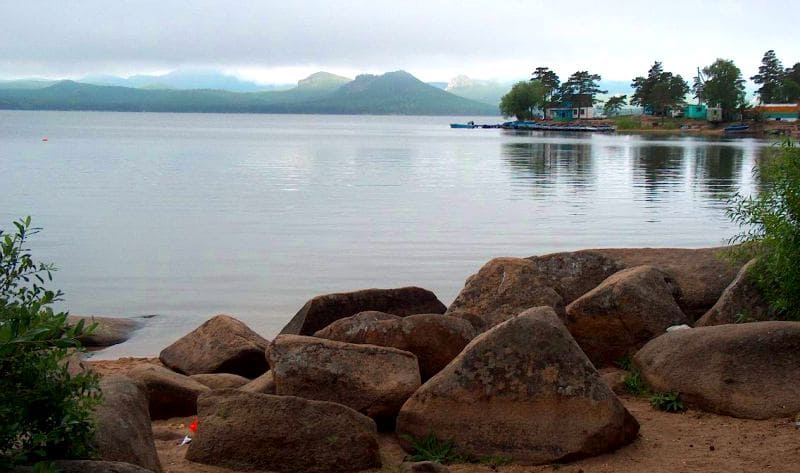
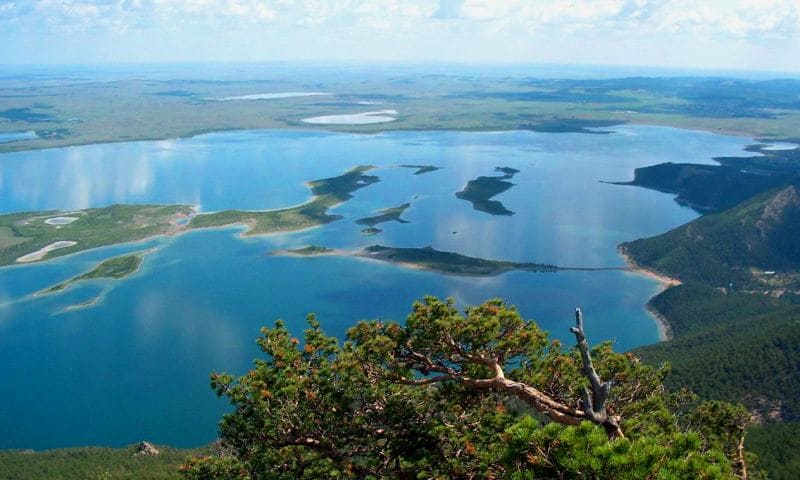
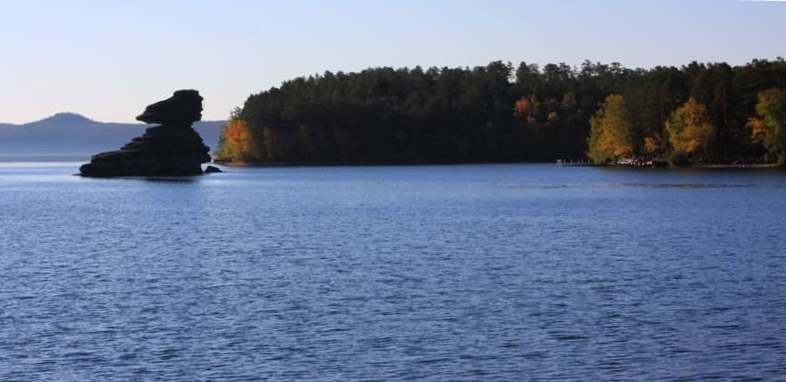
Authority:
Ilya Fishman, Yuliya Kazakova “Millions of years before the Silk Road. Geoparks in Kazakhstan”. Printing house “Idan“ Kommunal’naya, 39, Almaty, Kazakhstan http://yadi.sk/d/4_6z_blyoxnqe
Photos by:
Alexander Petrov and Sergei Mikhalkov.







